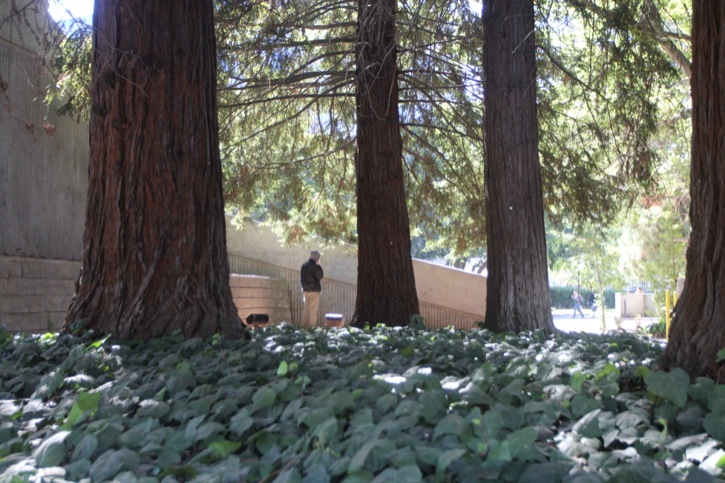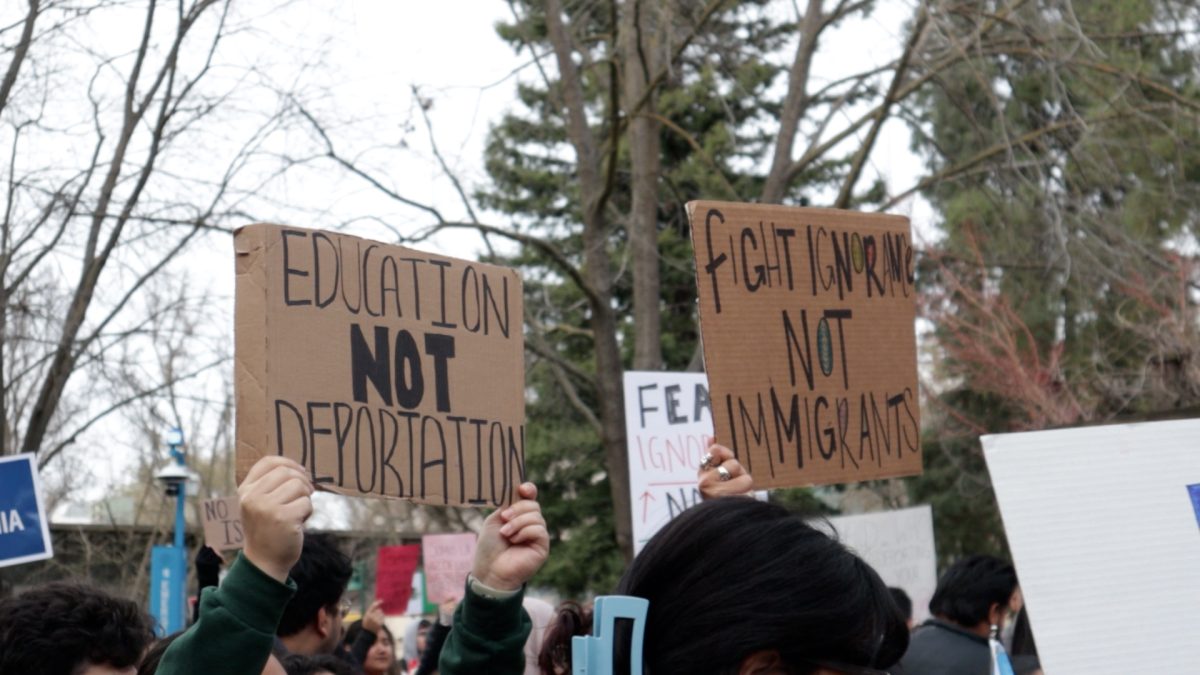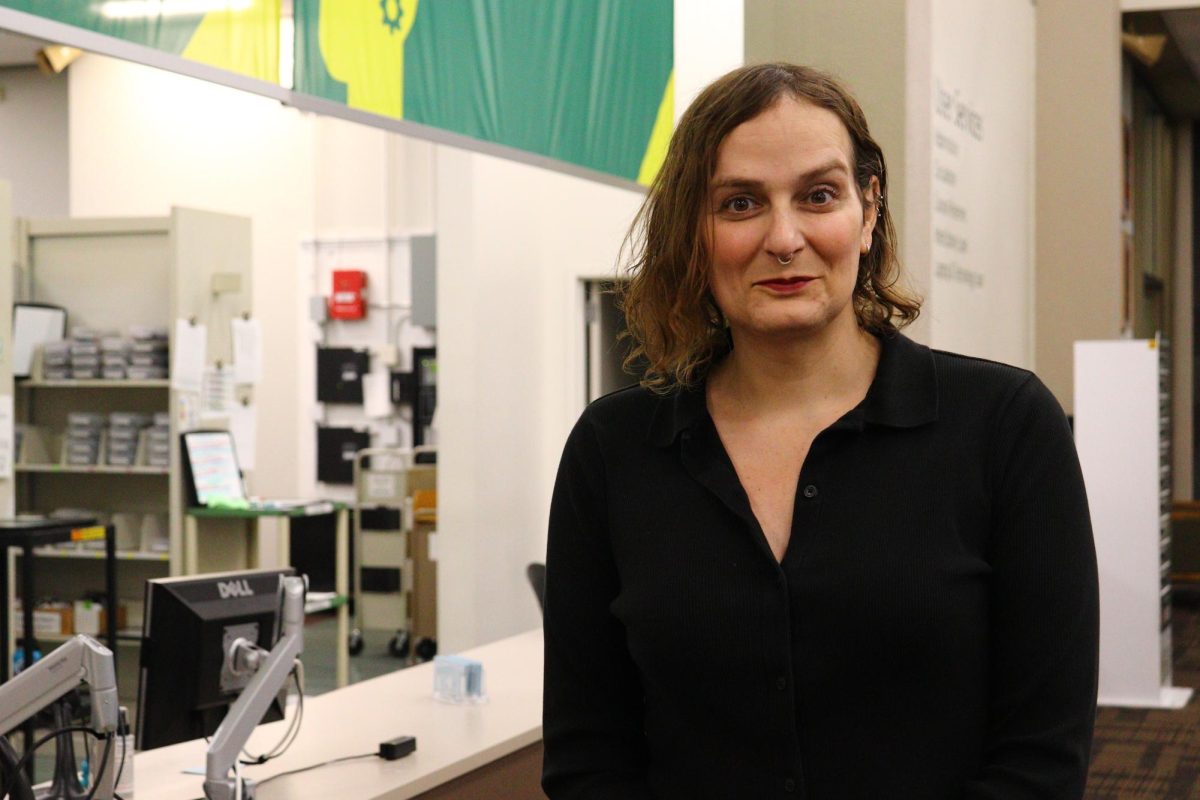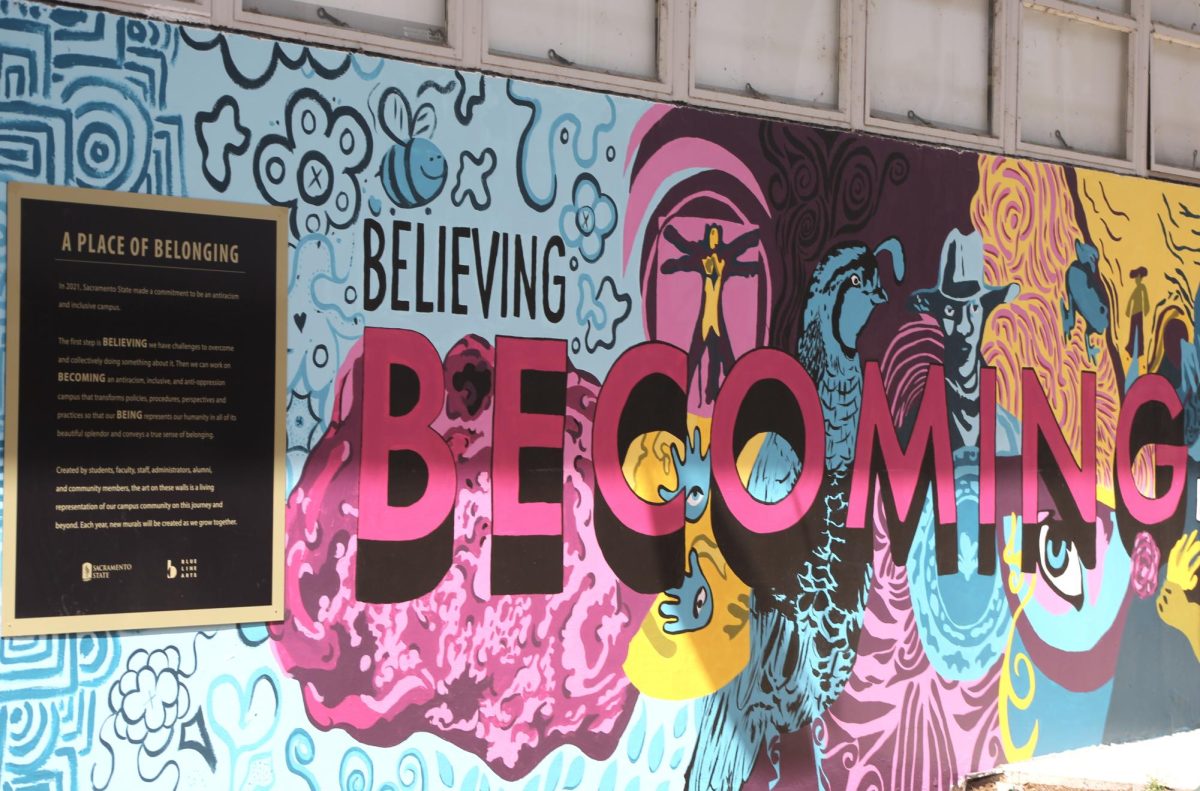As California law becomes more restrictive on who can smoke and where a person can smoke, colleges have become a battleground in the war on tobacco.
But the most prudent way forward that Sacramento State can take with regard to smoking is a sensible compromise.
Gov. Jerry Brown vetoed a bill last week that would have banned smoking on all California public college campuses beginning in 2018.
In his veto message, Brown wrote that colleges “already have the authority and are fully capable of setting smoking policies on their campuses.”
This effectively throws the ball back into the court of administrators, who intended to ban smoking at Sacramento State in 2015 but postponed those plans until the CSU chancellor could consider a system-wide policy.
Brown’s veto goes against a rising tide of anti-tobacco restrictions. In May, Brown signed a bill raising the minimum age of purchasing tobacco (including e-cigarettes) to 21 and a September poll found 60 percent of Californians support a November ballot proposition that would raise taxes on a pack of cigarettes by $2.
Tobacco use remains the leading cause of preventable death in both California and the United States as a whole, according to a 2014 report by the U.S. Department of Health and Human Services. Nearly everyone knows a cigarette smoker who has tried to quit but is unable to break the hold of addictive nicotine.
But the government has not had to make cigarettes illegal in order to bring smoking rates among Americans — particularly among Californians and young people — to historic lows.
According to a 2015 UCLA health survey, only 11 percent of Californians were smokers in 2014 compared with 17.8 percent of all Americans (to provide some perspective, 42 percent of Americans were smokers during the “Mad Men” era of the 1960s).
Furthermore, a 2015 University of Michigan study found that only 5 percent of college students in the United States smoke cigarettes daily, compared with 19 percent in 1999.
The current smoking policy at Sacramento State is that smokers cannot light up within 20 feet of a building entrance or on a major walkway. The few smokers who go to school and work here seem to be respectful of this rule and smoke south of Douglass Hall or east of Mendocino Hall.
And yet, it is understandable that the thin curls of tobacco smoke don’t agree with the lungs of the nonsmokers who go to school or work here.
This is why the best solution to the smoking issue — one that vigorously respects the rights of nonsmokers while allowing the few who smoke to indulge a habit that, while undeniably a bad health decision, is a legally neutral one — is to set up two or three designated smoking areas.
Individuals deserve consideration for the choices they make in a free society. As long as we decide that tobacco is within the bounds of legality and trust people to make up their own minds about their bodies, designated smoking areas minimize the problems nonsmokers have while allowing smokers, too, to feel accommodated on campus.





























































































































Howard Lampson • Aug 30, 2017 at 5:48 am
The smoking ban appears to be a logical and healthy regulation to implement. But as government takes full control of our health care, bureaucrats will regulate what we eat, what we drink and attempt to remove any risky behaviors deemed a cost to the system. I am not a smoker, never have been, but that is my choice based upon known research. Be careful, what we ask for…we ask for the State to pay for education, healthcare, childcare, income equality, etc. Remember, that will cost us our freedom. I wonder who will be hired to enforce this ban…hall monitors and campus police…big brother is watching…just look into the camera and smile…I hope I am not sanctioned for hate speech…I will be going to my safe space now.